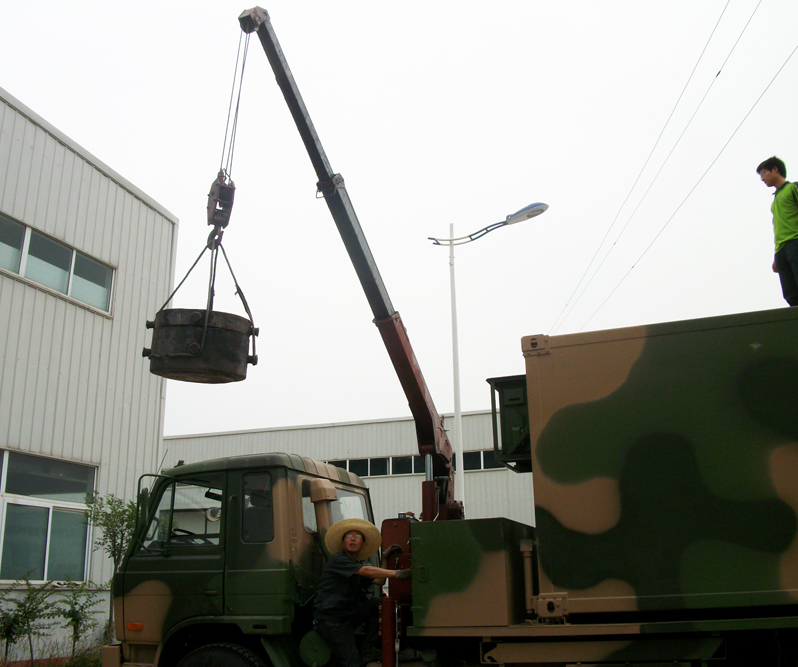Tipping accidents are the most common of all crane-related accidents. Crane operators who do not follow the manufacturer’s guidelines on crane ratings will sooner or later suffer tipping. Maybe you have experienced a rollover accident and feel the crane rising behind you (like the feeling of sitting on a trouser seat). Maybe someone told you that you lifted one or more legs behind the crane, or you were out of luck and your crane overturned, turning the accident into an accident. In these cases, the loss of crane stability comes into play.

Studies have shown that in the United States, crane accidents occur every 10,000 hours.
The easiest way to prevent tipping accidents is to never increase the load above the load chart and make sure your crane is set up correctly. But people do make mistakes.
The stability of the crane.
The suitability of ground conditions is the responsibility of the contractor, and the contractor must prepare all standing positions of the crane based on the load provided by the company representative. The stability of mobile cranes depends on the following factors:
The ground has been properly compacted and leveled. As the crane passes by or is nearby, underground services or buildings may be damaged or collapse, causing the crane to overturn. Arrangements must be made to avoid underground services and buildings, basements, and dikes.
The cantilever beam on the crane is extended to the required length or position according to the responsibilities and dimensions of the crane manufacturer.
Extend the outrigger jack and lift the crane wheel off the ground without weight.
Place enough supporting materials to prevent them from sinking into the ground when the load is increased.
The crane is hoisted in strict accordance with the manufacturer’s safe working load table, that is, the work table.
The load table of outrigger jacks is for reference only and shows the maximum theoretical load of various cranes. Loads for other crane models and specific outrigger loads can be obtained from the crane owner.
Crane supervisors and crane operators must monitor the ground conditions during installation and pay attention to deterioration caused by use and bad weather.
If there is any doubt about the ground conditions, the crane operator should be instructed to fully retract the main boom derrick to minimize the radius, and then rotate the counterweight in the direction of each leg for two minutes to simulate the actual lift.
The crane tipped over.
The crane can overturn in the following situations:
The crane is installed on soft, unstable, or unsuitable ground.
The crane is not level.
The crane is located above the underground service.
Insufficient counterweight.
windy.
The load weight calculation is incorrect.
The outrigger of the mobile crane is not fully extended or used according to the manufacturer’s instructions.
 truck crane,Truck mounted crane,Marine Crane –
truck crane,Truck mounted crane,Marine Crane –